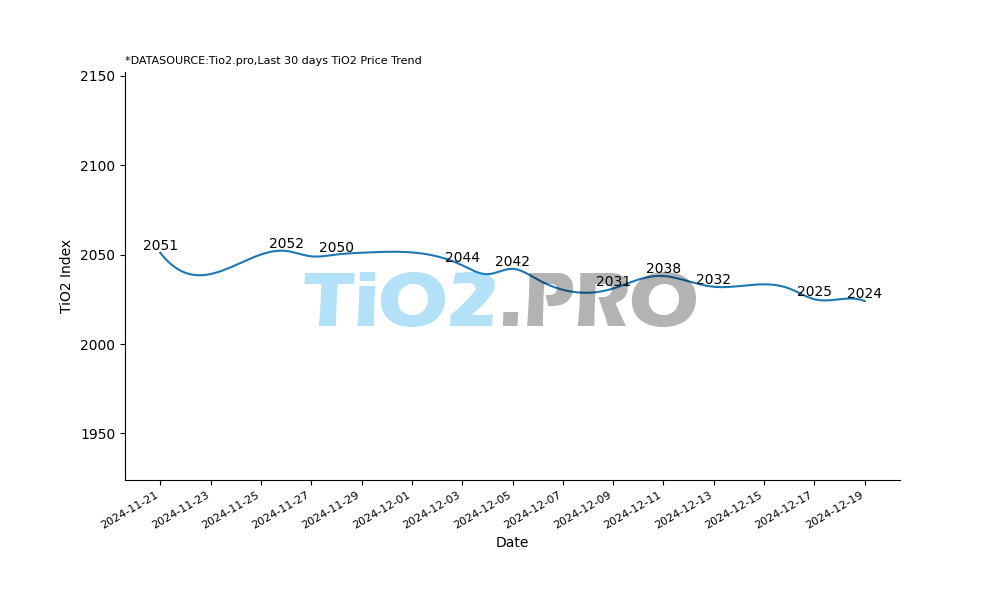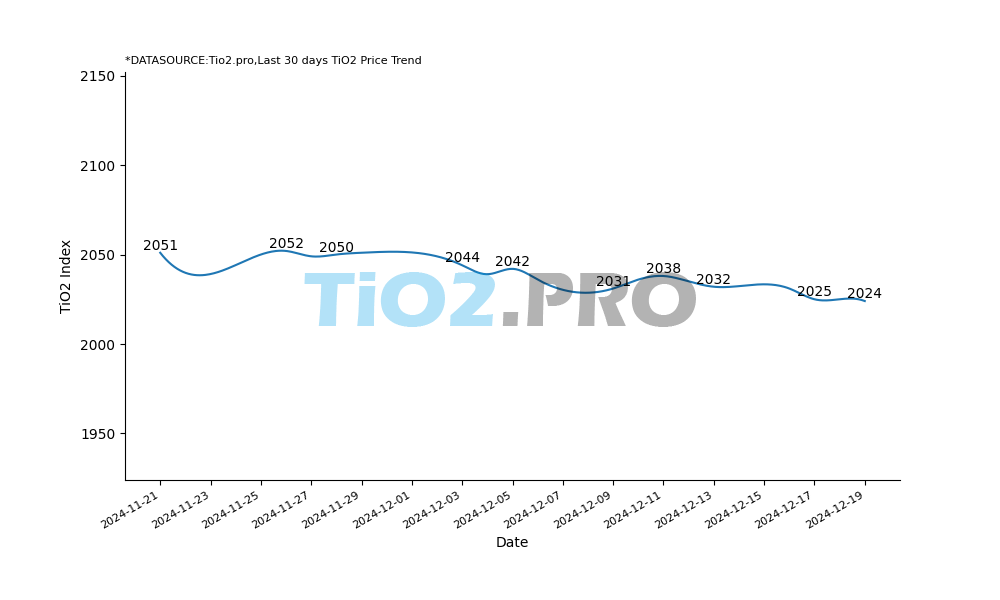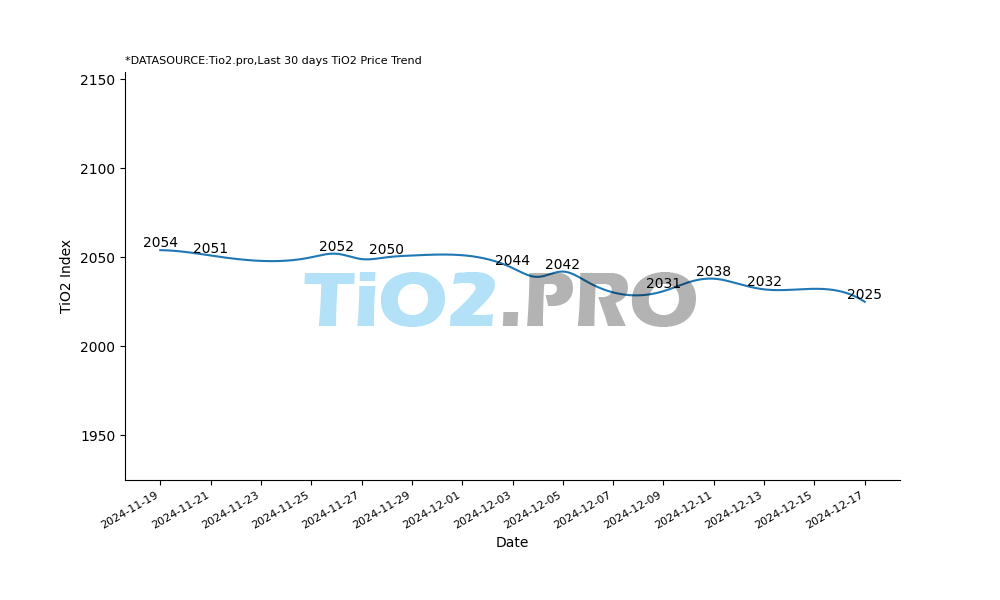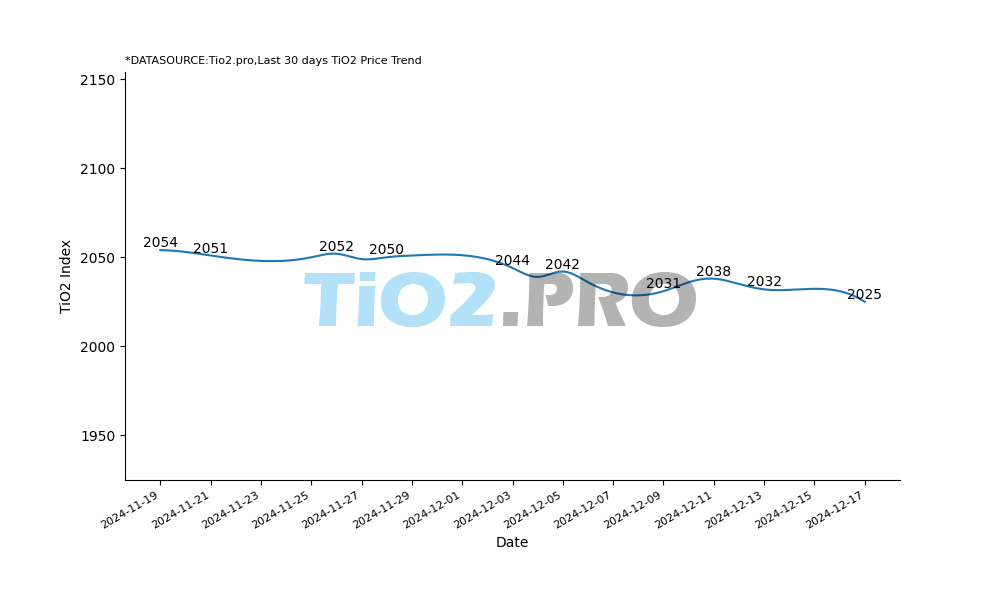Extrusion process using TINOX® R-2280 TiO2-plastic grade
TINOX R-2280, a high-performance SP-rutile TiO2 pigment for plastic applications gives outstanding optical
properties and is also optimized due to post-treatment for required use at higher process temperatures.
R-2280 pigment surface
Organic post-treatments of TiO2 pigments generally 
improve dispersibility because deagglomeration and wetting of the pigment surface are promoted. Undesired interactions between the polymer and pigment can be suppressed and, above all, the demands on shear forces in the dispersion process are reduced. This leads to maximum optical properties and the most efficient use in the plastic end product.
Inorganic post-treatments are mainly carried out to improve certain properties of the end product and also improve the dispersion properties. By forming a barrier between the titanium dioxide surface and the matrix resin, they inhibit undesirable chemical reactions.
“The special organic post-treatment of TINOX R-2280 improves the wetting behavior in extrusion process. The
applied inorganic aluminum post-treatment also contributes to this.”
The general qualitative statement that a TiO2 pigment is provided with inorganic and organic post-treatment is not
sufficient to derive excellent process capability in the extrusion process.
Organic post-treatment substances that have been applied to a high degree can separate from the TiO2-pigment
despite conventional process temperatures and migrate to or near the surface of the pigmented plastic. If this
happens, the product properties and also the state of dispersion are impaired.
Aluminum compounds are usually used for the inorganic post-treatment in amounts of 0.5 to 4%, calculated as
Al2O3. An Al2O3 posttreatment is compatible with all common binders and is unproblematic from this point of view.
Nevertheless, a portion of “crystal water” can outgas, especially at elevated process temperatures, whereby
technically a portion of water vapor forms in the melt. For this reason, it is advantageous if plastics TiO2 grades
have a not too high aluminum oxide post-treatment at process temperatures above 270 ° C.
“TINOX R-2280 was developed taking into account all expected interface interactions.
The low volatile components of TINOX R-2280, tested at high temperatures, clearly demonstrate the successful
optimization with regard to the type and amount of post-treatment. The optimized aluminum post-treatment in
particular reduces the occurrence of “lacing” in the production of thin foils.”
Extrusion process - energies required for dispersing
“Polymers generally have relatively low surface energies. The organic post-treatment of TINOX R-2280 lowers
the surface energy of the pigment surface which improves the dispersibility in plastic applications.”
Increased fine particle size of a pigment also requires higher dispersion energy input or longer residence times of
the pigment in the shear zones. The higher number of agglomerates of small sizes requires a higher probability of
staying in the dispersion process in order to completely disperse the TiO2 pigment and to fully utilize the performance of tinting strength and opacity.
The use or the modified addition of effective process additives opens up possibilities for optimizing the dispersion
process. However the effort of renewed evaluations and the control of the impact on further subsequent process steps and end products are good arguments that such activities are usually not the top priority.
The energy input required for dispersion can be controlled via the process parameters speed of the extruder screw and the temperature curve along the extruder screw. Regardless of whether extrusion premix(1) or split-feeding(2) process, pigments are incorporated into a plastic melt in stirring screws of different temperature zones.Agglomerates are dispersed faster, the larger they are, the higher the shear rate and shear stress and the lower the agglomerate strength.

The extrusion process runs with an increasing temperature gradient over the zones in which the materials are
drawn in, over into the zone of melting / plasticizing and finally into the homogenization zone in which the actual
dispersion process takes place due to shear forces acting on the melt. The result of the dispersion is determined,
among other things, by the input of the mechanical dispersion power. The local temperature and other process
variables such as the torque built up are control variables for the mechanical energy input.

The viscosity of the melt can be controlled by the temperature gradient along the extrusion axis, high temperatures producing low viscosities of the plastic melt. As the screw speed
increases, the shear rate is the dominant influence on the deagglomeration of the pigment in the plastic melt. In contrast, lower temperatures in the extruder screw produce higher viscosities of the plastic melt, which leads to increased deagglomeration due to increasing shear stresses in the plastic melt leads.In this case, a higher torque is measured at constant screw speed.
“The high optimized fine particle size of R-2280, which leads to the excellent bluish pigment properties, may
require an increased energy input into the extrusion process in certain applications. Increasing screw speed
leads to a shorter residence time and thus to a reduction in the probability of agglomerates staying in the shear
zones. For this reason, a slight reduction in the temperature in suitable zones of the screw can lead to improved
dispersion due to higher viscosities of the plastic melt and the associated increasing shear stresses”
Summary
TINOX R-2280 was developed taking into account all expected interface interactions.
The low volatile components of TINOX R-2280, tested at high temperatures, clearly demonstrate the successful
optimization with regard to the type and amount of post-treatment. In particular, the optimized aluminum
post-treatment of R-2280 reduces the occurrence of “lacing” in the production of thin foils.
Fine TiO2-particles tend to agglomerate. If the TiO2 agglomerates are not dispersed in the plastic matrix, the
positive properties such as lightening capacity and opacity cannot develop fully. For this reason, the complete and
homogeneous dispersion of titanium dioxide pigment in plastics is an important task in the production of
TiO2-pigmented plastics.
TINOX R-2280 is a rutile TiO2 pigment from the sulfate process which produces bluish optical properties in the
pigmented plastic that are well above average. The bluish optical properties are generated by an optimized and
finely divided particle size distribution. Numerous variations within the screw configuration of the dispersion zone
can be carried out with relatively little effort and the influence of individual shear elements on the process
variables can be determined.
An optimized and high fine particle size of TiO2 pigment particles, which leads for example to the excellent bluish
pigment properties of R-2280, may require an increased energy input into the extrusion process in certain
applications. By control of screw speed and srew-temperature during the extrusion process the dispersion result
can be controled
Footnotes
- In the “premix process”, all raw materials are usually cold mixed using different mixing methods. In addition to cold mixing, the hot mixing process is
practiced, albeit more rarely. The premix is usually metered volumetrically via screw conveyors into the extruder feed. Due to the high pigment
concentrations, the use of powdered polymer is common to ensure statistical particle distribution. In addition, granules take significantly longer to
melt in the extruders and, through pigment compaction in the feed area, increase the risk of irreversible agglomerates that can no longer be shredded
by shearing. - In the “split feeding process”, the individual components are added to different extruder openings
January 10th 2020
Tinox Chemie GmbH
Emanuel-Leutze-Str. 21
40547 Düsseldorf,Germany
Tel Nr. : +49(0)211 52809600
Email : sale@tinoxchem.de
Extrusion process using TINOX® R-2280 TiO2-plastic grade
https://tio2.info/2020/01/22/Extrusion-process-using-TINOX®-R-2280-TiO2-plastic-grade/



